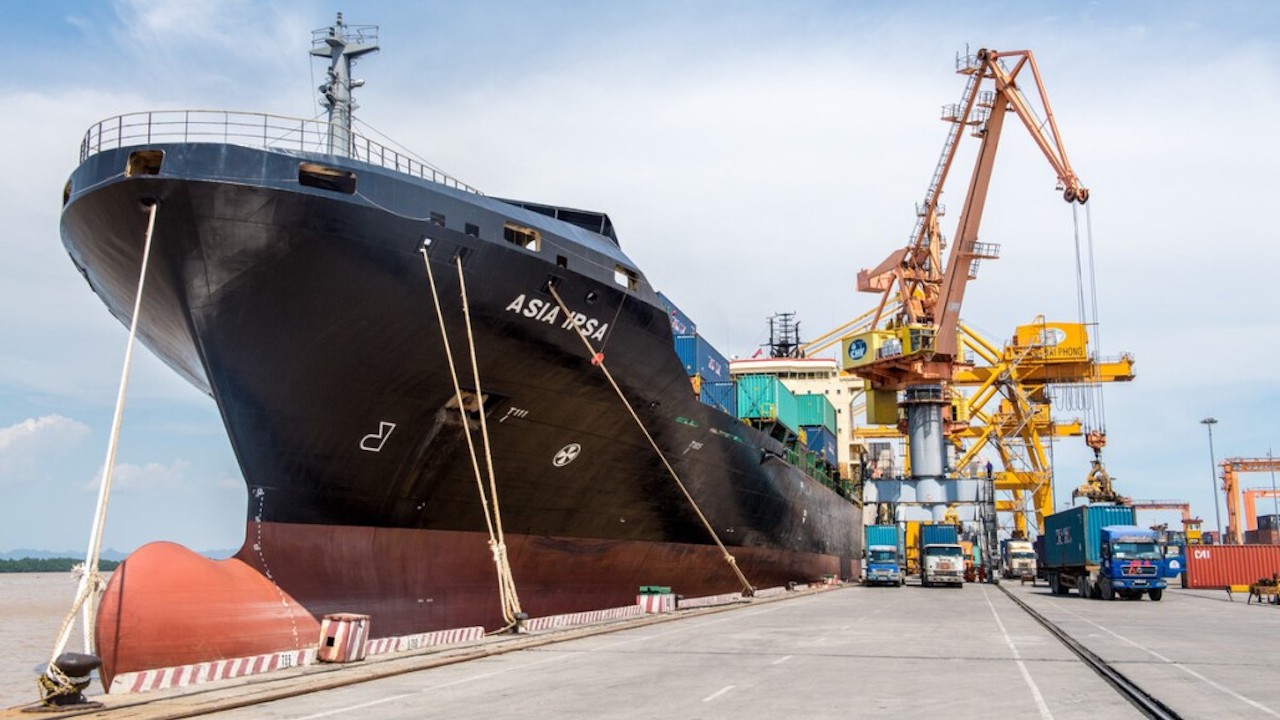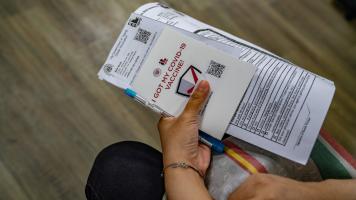
Economic growth in Southeast Asia continues to be constrained by weakened global demand. Photo credit: ADB.
Low demand for manufacturing exports affected particularly the more open, bigger, and trade-oriented economies.
The Asian Development Bank (ADB) lowered the growth outlook for Southeast Asia in 2023 to 4.3% from the earlier forecast of 4.6%, amid weak demand for manufacturing exports.
Southeast Asia’s growth forecast for 2024 was also revised down to 4.7% from 4.8% because of weak external demand, which is affecting particularly the more open, bigger, and trade-oriented economies, according to the Asian Development Outlook (ADO) December 2023, released in December. ADB maintained the growth outlook for Indonesia and the Philippines for 2023 and 2024, citing robust growth in the first 9 months of 2023.
ADB expects higher public investment and consumer spending to boost economic growth across Southeast Asia in 2024, especially with the return of international tourists.
ADB raised the economic forecast for developing Asia and the Pacific, after robust domestic demand drove higher-than-expected growth in the People’s Republic of China (PRC) and India. The regional economy is expected to grow 4.9% in 2023, compared with a previous forecast of 4.7% in September. The outlook for 2024 is maintained at 4.8%.
“Developing Asia continues to grow at a robust pace, despite a challenging global environment,” said ADB Chief Economist Albert Park. “Inflation in the region is also gradually coming under control. Still, risks remain, from elevated global interest rates to climate events, such as El Niño. Governments in Asia and the Pacific need to remain vigilant to ensure that their economies are resilient, and that growth is sustainable.”
The region’s inflation outlook for 2023 has been lowered to 3.5% from an earlier projection of 3.6%, according to ADO December 2023. For next year, inflation is expected to edge up to 3.6%, compared with a previous forecast of 3.5%.
Risks to the outlook include persistently elevated interest rates in the United States and other advanced economies, which could contribute to financial instability in vulnerable economies in the region, especially those with high debt. Potential supply disruptions caused by the El Niño weather pattern or the Russian invasion of Ukraine could also rekindle inflation, particularly regarding food and energy.
This article was first published by BIMP-EAGA on 19 December 2023.

BIMP-EAGA
The Brunei Darussalam–Indonesia–Malaysia–Philippines East ASEAN Growth Area, or BIMP-EAGA, is a cooperation initiative established in 1994 to spur development in remote and less developed areas in the four participating Southeast Asian countries.


